Andong Folk Museum (안동민속박물관)
13.4Km 23464 2021-07-01
13, Minsokchon-gil, Andong-si, Gyeongsangbuk-do
+82-54-821-0649
Andong Folk Museum is located within the Andong Dam Folk Village, a collection of houses and items collected before being submerged after the creation of the dam. The museum preserves and educates visitors on folk, Buddhist, and Confucian cultures. The museum is divided into an indoor section and an outdoor section. The indoor section in particular focuses on the unique cultural aspects of Andong through various exhibitions, as well as in the video screening room. The outdoor section features nearly 20 traditional structures, including hanok houses and old ice storage rooms, providing a closer look at the lifestyle of the past.
Uiseong Garlic Market (Uiseong Traditional Market) (의성마늘장터 (의성명품마늘영농조합법인))
13.5Km 3461 2024-02-27
215-10 Gubong-gil, Uiseong-eup, Uiseong-gun, Gyeongsangbuk-do
The Uiseong Garlic Market takes place annually from July to September at the Uiseong Traditional Market, coinciding with the garlic harvest season. During this period, vendors from across the country gather to sell directly at the market. Uiseong garlic is renowned for its small yet firm size, long shelf life due to its antimicrobial properties, distinct aroma, and strong pungency. The traditional market operates regularly, with market days typically falling on dates ending in 2 or 7 each month. On these days, a variety of agricultural products such as onions, peppers, sesame seeds, along with other daily necessities, are available for purchase.
MUSE (뮤즈)
13.5Km 72 2021-03-26
231, Seokju-ro, Andong-si, Gyeongsangbuk-do
+82-54-841-2573
It is a good place for the perfect sauce and crispy Korean pork cutlet. The best menu at this restaurant is pork cutlet. This Western dishes restaurant is located in Andong-si, Gyeongsangbuk-do.
Andong Folk Village (안동민속촌)
13.5Km 28469 2024-05-30
Seonggok-dong, Andong-si, Gyeongsangbuk-do
+82-54-852-6800
On the other side of the subsidiary dam of Andong Dam, thatched houses can be sparsely seen on a hilltop. The area is practically an outdoor museum, displaying traditional houses that were moved to safety prior to the construction of Andong Dam. Two jangseung (traditional Korean totem poles) are raised at the entrance of the outdoor museum, followed by a monument inscribed with the poem of famous Andong poet and democracy activist, Lee Yuk-sa. On the monument, his most noted work “Gwangya” (Wild Plain) is carved.
Nearby attractions include Andong Museum, Lee Yuk-sa Monument, a filming site of “Taejo Wang Geon (2000)," and Andongho Lake.
CHIAMGOTAEK [Korea Quality] / 치암고택 [한국관광 품질인증]
13.9Km 39329 2020-09-08
297-10, Toegye-ro, Andong-si, Gyeongsangbuk-do
+82-54-858-4411, +82-10-3530-4413
Chiam Old House in Anmak-dong, Andong, Gyeongsangbuk-do is an old traditional Korean house once owned by Lee Man-hyeon(pen name Chiam) who was the 11th-generation descendant of “Toegye” Yi Hwang, one of the most prominent Korean Confucian scholars of the Joseon Dynasty and a high-ranking government official during the reign of King Gojong. This house was originally located in Wonchon-ri, Dosan-myeon but was relocated to its current location in 1976 after a flood caused by the collapse of Andong Dam. Chiam Old House consists of 22 rooms, 5 gates, and 1 detached building. The main building is taller than the detached building. One of the unique features of this detached building is that it has both gable roof and gambrel roof on either side. Listed as Gyeongsangbuk-do Folklore Material No. 11, Chiam Old House now serves as a guesthouse for those wishing to experience an old traditional Korean house. The rooms that are open to guests are “Seongmyeongjae,” “Gyeongeopjae,” and “Nakseongdang.” The large room called “Bakkatchae,” or outer building, is the most comfortable one to stay in for a night, since it's furnished with kitchen, TV, air conditioner, and bathroom. “Seongmyeongjae” means “honesty and integrity” in Korean. It’s an “ondol (Korean floor heating system)” room typical of any traditional Korean house, where you have to sleep on the floor. "Gyeongeopjae" is the most popular one among the guests, and its name means “unselfish and reverent.” The rooms next to the gate called “Ilgeonjae,” “Seokcheonjae,” and “Hakgujae” located along the wall are great places to stay if you want to see the surroundings and the old house at the same time. “Jamnyongdang” on the east side of the main building is named after the small pond in the yard, and it means “to strive to be a man of virtue like the dragon flying in the sky.” There are lots of beautiful flowers in the small garden in complete harmony with the old house and surrounding mountains, making it a great place to take a leisurely walk as you experience the history.
Andong Dam (안동댐)
14.0Km 40093 2021-07-21
31, Hoban-ro, Andong-si, Gyeongsangbuk-do
+82-54-850-4267
Andong Dam is a multipurpose dam on the Nakdonggang River. The dam was constructed to prevent flood damage to the downstream region and to procure water for agricultural, industrial, and residential purposes. Construction of the dam completed in 1976 with a length of 612 meters. x_height of 83 meters and holds 1.2 billion tons of water. Andongho Lake formed by the dam is a popular fishing location.
Andongho Lake (안동호)
14.1Km 18661 2021-01-29
Hoban-ro, Andong-si, Gyeongsangbuk-do
+82-54-856-3013
Known as a popular fishing spot and recreation site, Andongho Lake is an man-made lake created by obstructing the upper stream of the Nakdonggang River as part of the government’s Four Major Rivers Restoration Project. Andong Dam is the second largest dam in Korea, following Soyanggang Dam. The x_height of the dam is 83 meters and the length is 612 meters.
The landscape surrounding Andongho Lake is nothing short of magnificent. There is a dock for boats on the lake, which is also popular as a fishing destination. Bass caught here are especially strong and tasty. An international bass fishing tournament is held here every year. There are also tourist attractions nearby such as the Dosanseowon Confucian Academy and Andong Hahoe Village.
Dongseongnu (동성루)
14.2Km 66 2021-03-24
6-2, Hwangtomaeul, 1-gil, Andong-si, Gyeongsangbuk-do
+82-54-852-1254
A place where you can enjoy a variety of Chinese dishes. This restaurant's signature menu is noodles in nlack nean sauce. This Chinese (cuisine) restaurant is located in Andong-si, Gyeongsangbuk-do.
Nakgangmulgil Park (낙강물길공원)
14.5Km 0 2024-05-30
423 Sanga-dong, Andong-si, Gyeongsangbuk-do
+82-54-852-6800
Nakgangmulgil Park, called the Giverny of Korea, is a small waterside park located near Andong Dam. The park is the perfect setting for a relaxing moment, with benches placed under trees and beside walkways throughout the park. The natural environment creates plenty of photo spots. Visitors looking for a longer walk in nature can follow the riverside deck to Wolryeong Park.
Manhyujeong Pavilion (만휴정)
15.2Km 19074 2024-05-29
42 Mukgyehari-gil, Andong-si, Gyeongsangbuk-do
+82-54-852-6800
Manhyujeong Pavilion is the pavilion of Bobaekdang Kim Gye-haeng and was built in 1500. The present building shows a modified appearance through remodeling, and only a part shows the style of the late Joseon dynasty. Kim Gye-haeng was a civil servant in the early Joseon dynasty and held various government posts. However, when he met the tyranny of Yeonsangun, he abandoned the government post and returned to his hometown. After that, a small pavilion was built along Seolmot (currently Sosan 2-ri), but since it was next to the road, he built Manhyujeong Pavilion in a quieter place. If you cross the stream from Mukgyeseowon Confucian Academy and enter the mountain, you can find it located in a magnificent valley that faces southeast and has a waterfall flowing over the rocks.
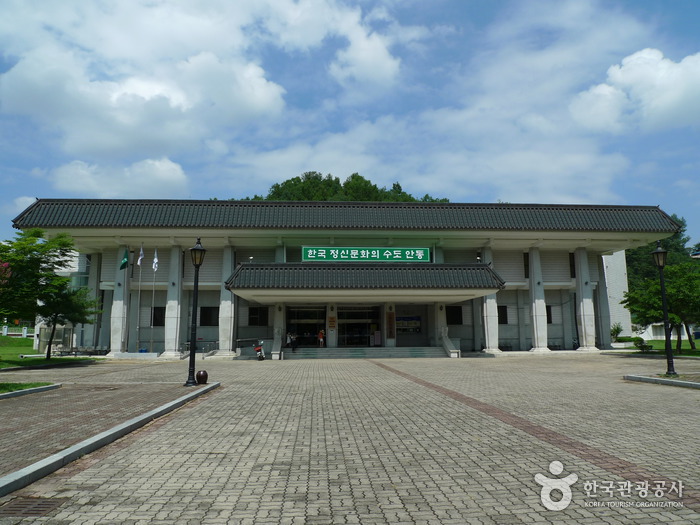

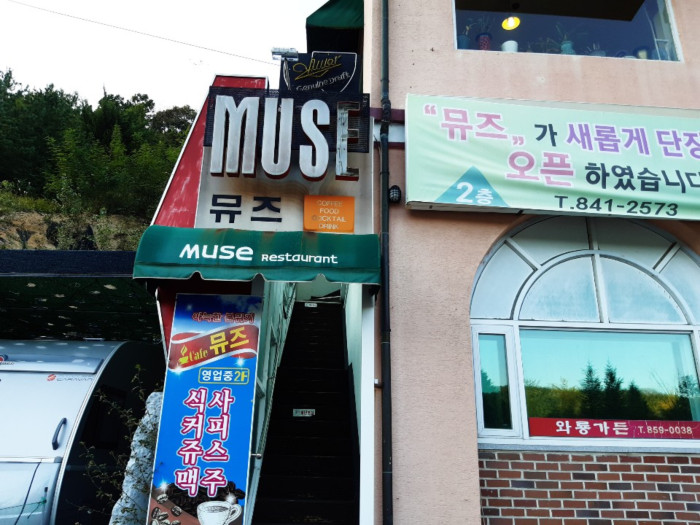
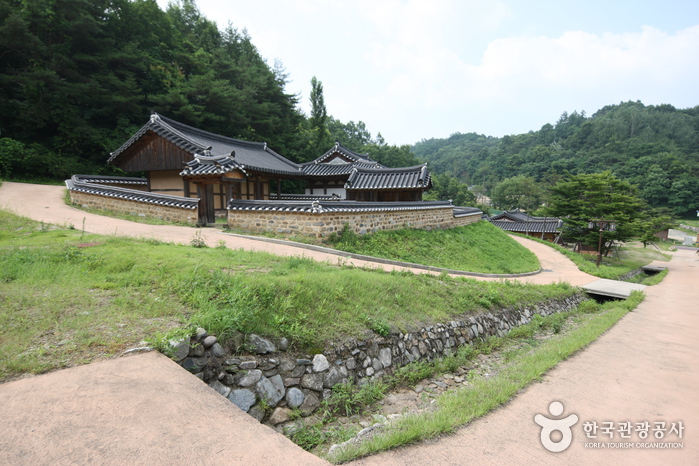
![CHIAMGOTAEK [Korea Quality] / 치암고택 [한국관광 품질인증]](http://tong.visitkorea.or.kr/cms/resource/31/2580131_image2_1.jpg)
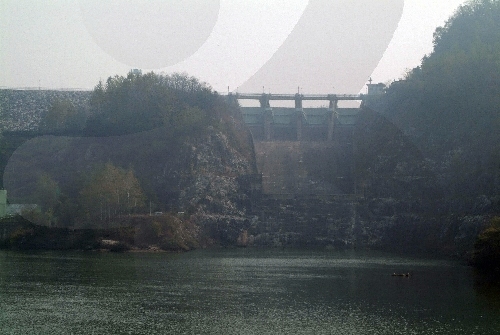
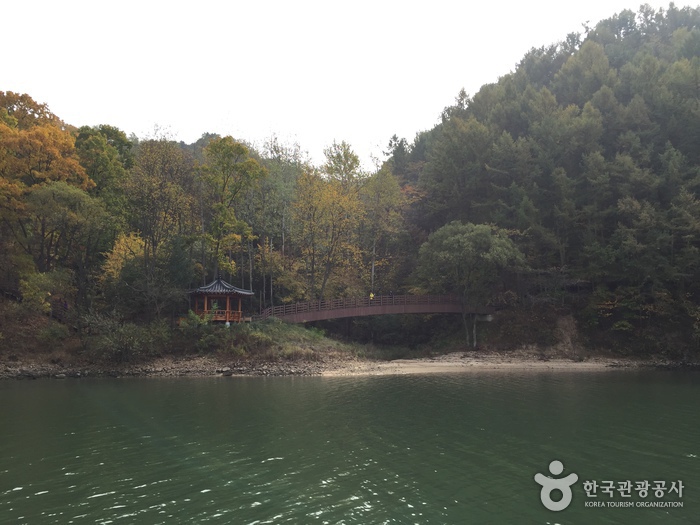
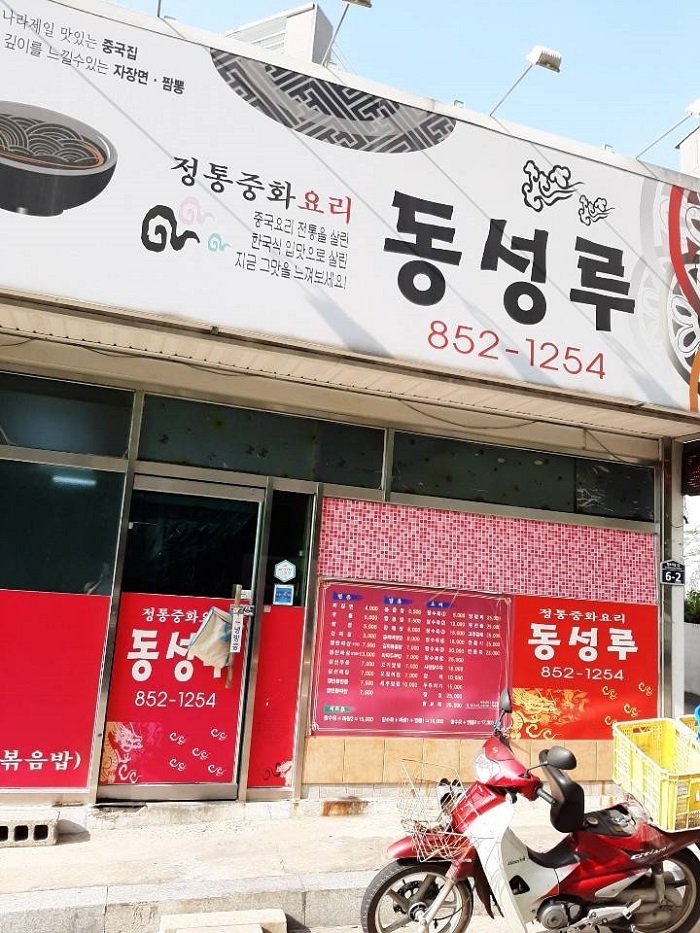
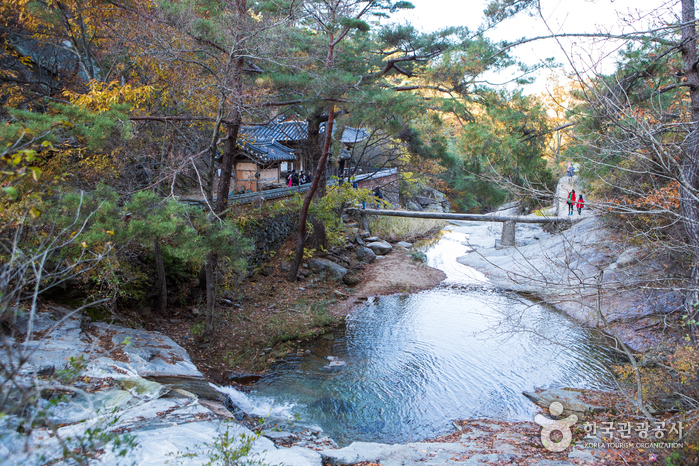
 English
English
 한국어
한국어 日本語
日本語 中文(简体)
中文(简体) Deutsch
Deutsch Français
Français Español
Español Русский
Русский